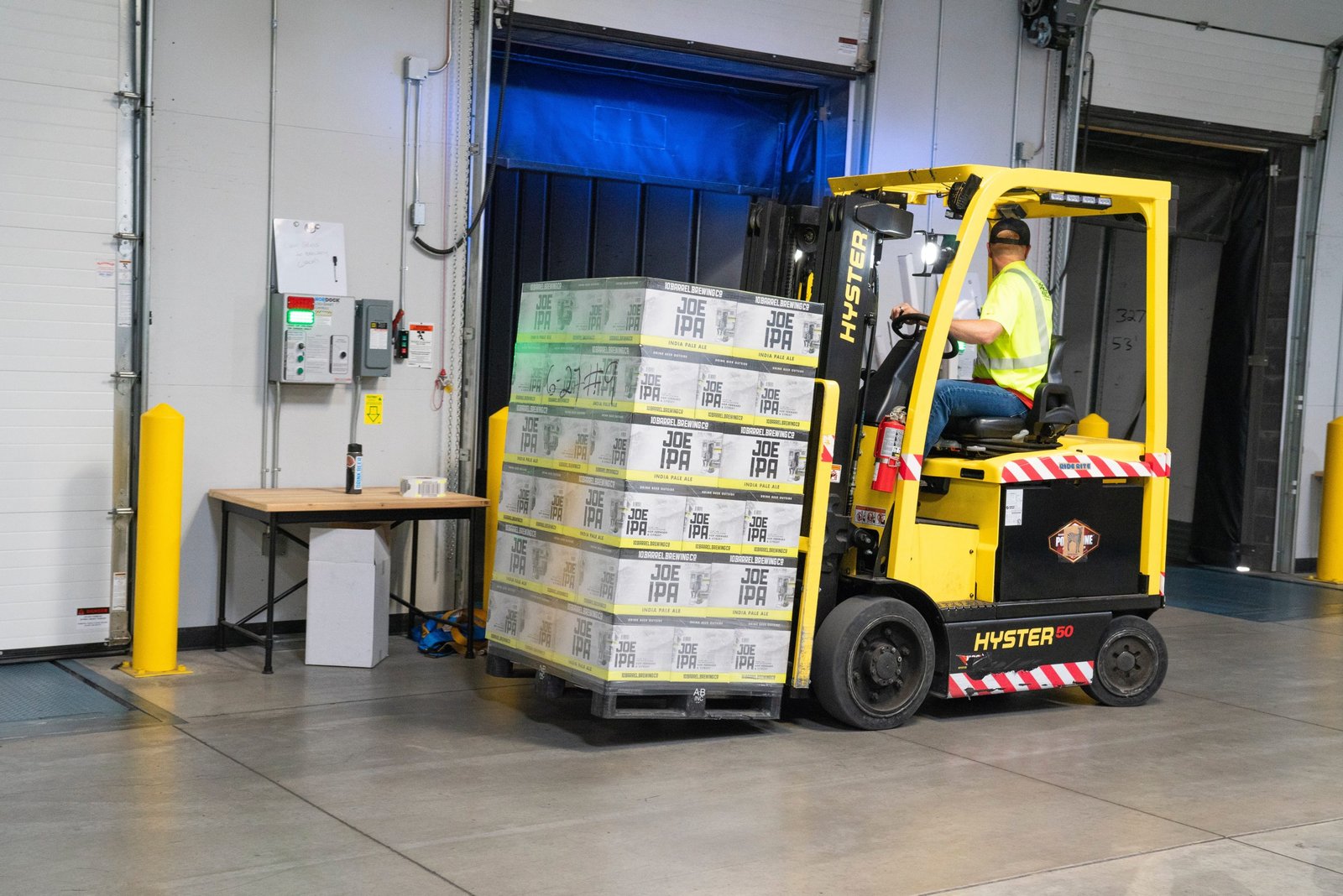
When we consider transport containers, whether being used for shipping or another use, there is a spectrum of choice. We tend to find customers are predominantly focused on size. However, of perhaps greater importance is the degree of insulation. Transport containers come in a range from standard, through insulated shipping containers, to our extreme temperature containers. Insulation improves as you move up the range.
Why is insulation important in transport containers?
In order to understand why you may need to opt for insulated shipping containers, you first need to understand the problems that shipping containers can have with condensation.
Shipping containers, by their very nature, are a metal box. They are kept externally in variable temperatures. This means that any residual moisture within that ‘box’ has the potential to become condensation which could damage items stored within.
This begs the question: why would there be any moisture inside the transport containers in the first place? Well, the floor in shipping containers is made of plywood. Between each shipment the inside of a container is flushed out to clean it. Despite a thorough drying process, some moisture will always remain.
Additionally, moisture will enter the shipping container from items placed within it. Rarely are items completely dry themselves. It also tracks in on shoes of those walking in and out, and from their very breath.
Eliminating condensation problems in transport containers
For some transport needs, a small amount of potential condensation is not a problem, and so you can confidently choose a standard shipping container. However, if you’re looking for transport containers for items such as unsealed food, or for a conversion project, you will need to use insulated shipping containers to prevent condensation problems.
One option is to attempt insulating the container yourself. However, it is very difficult to do a thorough and uniform job. For this reason, the most cost-effective and hassle-free way of solving the condensation problem is by using a specialised container which has been insulated.
How are transport containers insulated?
Insulated shipping containers are standard containers which are lined with an additional internal layer. This is fitted over a timber frame, but it is fully sealed, ensuring the interior can stay condensation free.
When to use an insulated container?
Your primary consideration should be what you are using the container for. You will also need to consider where the container will be used or stored.
You will need to consider whether your items are delicate and the external temperature will fluctuate. For example, documents don’t contain moisture, but if they are stored in a container in fluctuating temperatures then they will be damaged by condensation.
An insulated container offers another layer of protection against condensation, but it will not fully eliminate the problem that fluctuating temperatures causes. If this is a consideration for you, you will need to choose a highly specialised container with temperature control.
Typically, insulated shipping containers are suitable for a range of dry and storage food as well as goods transportation. They are usually sufficient for transporting or storing fabrics, retail stock and furniture. They can also be suitable for conversion projects such as home offices.
Items such as chemicals and refrigerated goods will likely not be suitable for a standard insulated container.
Choosing the right transport container for your needs?
With so many different options, it can be difficult to know which of a range of transport containers is most suited to your needs. Rather than focusing on size in the first instance, we recommend you get in touch with us on 01252 715 406. We can advise which of our transport containers will be the most cost-effective but most suitable option. We can help you choose the best insulated shipping containers for your needs.
